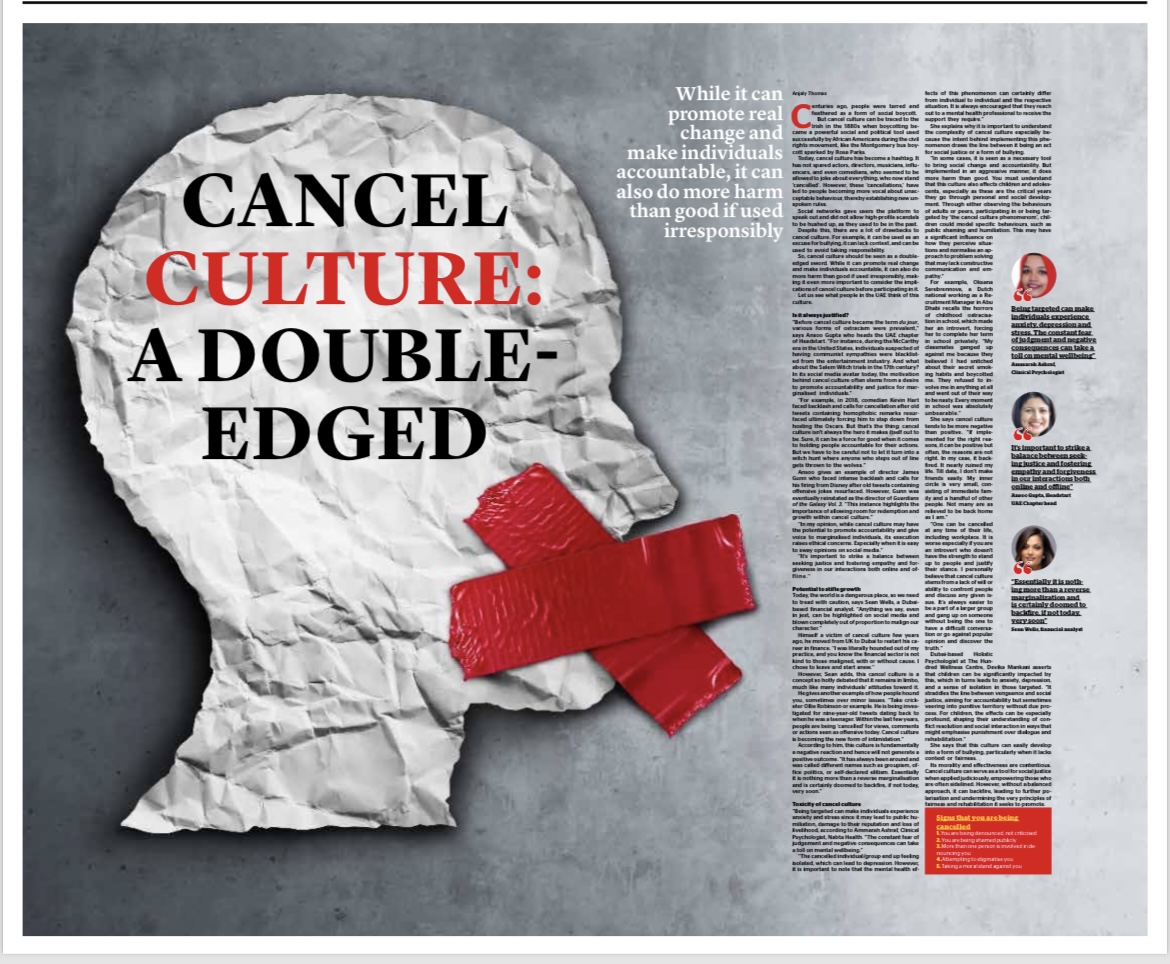Cambodia, Rwanda, Bosnia are among the top 3 destinations for what has recently becoming popular as Genocide Tourism, followed by Auschwitz, Hiroshima and Armenia and at a notch lower, Dachau, Buchenwald and Hiroshima. It is debatable why people are drawn to grief or torture sites, but Genocide Tourism has worked – both for the tourism industry and travelers looking for what they believe is ‘understanding of humanity’ as part of their travel experience.
Death, it appears, is as attractive as the living.
Who stands to gain through these insights? Are these visits fueled by a noble desire to educate the world of humanity and kindness or, are there personal reasons to visit macabre sites and memorials? Do the horror-sites affect the visitor emotionally?
…And a question that tops the list – why?
During my own travels, I have visited many of these sites, in Cambodia, Rwanda and Poland and all of them have left me disturbed. I remember the first time I walked into the Tuoel Sleng Museum in Cambodia and saw the pictures of murdered children on the walls, I cried. I swore never to visit genocide sites again – but I also realized that it was important to understand humanity and why they did what they did and that truth needed to be told. It is true that no matter how many sites you visit, you never truly become immune.
I decided to find out if other travelers felt the same. Some of these travelers I have met during my travels and remained in touch, some reached out to me on various forums.
Table of Contents
It happened in our lifetime
Sarah Gallo, founder of The Five Foot Traveler, a luxury and adventure travel blog has been to at least 10 genocide sites around the world.
“Understanding history is crucial to the betterment of society. As I began traveling the world, I realized just how important it was to pay our respect to the lives lost in genocides around the world and to ensure that it never happens again. Part of doing that revolves around education and there’s no better way to educate oneself than to visit the site yourself. Not only will you find the hard facts, but you will be able to put names to the faces, which makes the feelings of desensitization much harder to push aside,” she says.
Most visitors believe that it is important to share facts and stories and acknowledge that tragedies have happened, although they do not have a direct connection with the tragedy. Do they experience post-visit trauma or do multiple site visits desensitize the visitor?
“I haven’t had a breakdown point per se. I’ve cried. I’ve been disgusted with humanity. But these visits leave me thankful – that it didn’t happen to me or my loved ones. It makes me realize that it is my duty to share the experience with others. I want people to feel and acknowledge the tragedies that have taken place. Even if they don’t think that it has any “direct” effect on them, it does because we are citizens of the world and each of us should feel a responsibility to educate ourselves on the happenings within it,” she says.
Leon Mube, caretaker of the Nyamata Genocide site in Rwanda explains. “Every one of us has lost someone in the 1994 genocide – maybe they are buried right here,” he says pointing to the mass grave. “We get a lot of tourists’– sometimes up to a hundred, people who really want to see if history is real. They want to see an evidence of it, to feel it and touch it, although some of them experience trauma afterwards.” He admits to feeling sentimental when he is asked about his family.
“The wounds are raw; it is so recent, so fresh in our minds.”
Rwanda’s genocide of 1994 that killed nearly a million precedes the Bosnian genocide of 1995 that killed over 8,000 Serbs. Rwanda has at least 8 memorial sites, some within Kigali and others some distance away, but with an average of 200 visitors a day.
For Akanksha Dureja, an Indian travel blogger, The Diary of a Young Girl by Anne Frank was her first connection with the atrocities of the past and as she embarked on her travels, she decided to visit as such sites to understand and see for herself what the book said, being completely aware that it was not going to be easy.
“Post visit trauma is only natural; after all you are at a site where thousands of innocent people lost their lives. I felt a strange depression in the air, as though something has sucked out all the energy. I think it is important to visit such places. It teaches us the basic law of humanity. In Germany a visit to Dachau Concentration Camp is a part of the annual field trip in schools, so the kids understand that life is much more valuable than anything else.”
Living with the past
“Every country has a horror story and it is important to know what you have today comes with a price,” says Lucy Shpak, an Armenian-American who lives in California. “My great grandparents were survivors of the 1915 Armenian Genocide. Although I never met them, my grandmother shared stories about their struggle to survive this religious holocaust in order to keep the Armenian culture alive. “
Lucy was twelve when she first visited Armenia. “I vividly remember visiting the Armenian Genocide Memorial and feeling the dark energy of the violence and loss, but I also felt the powerful energy of a whole country that refused to give up. About 1.5 million Armenians were slaughtered but none of this is mentioned in USA history books because the Turkish government, 100 years later, continues to deny responsibility for the genocide.”
“While visiting Japan we went to the Hiroshima Peace Memorial Museum. I had learned about World War 2 in school, but nothing had prepared me for what I witnessed and learned in that day. Our history books forgot to include the photographs of Hiroshima post-bombing with body parts everywhere, or the long term effects health effects of an atomic bomb. While standing outside of the museum, an old began to yell at us Japanese. We weren’t angry at the outburst; on the other hand, we were able to sympathize with his pain and understood.”
It is hard to understand how genocide and tourism exists in the same contest, but the truth is that every year, millions of tourists visits these sites around the world to feed an inner curiosity.
Struggling to keep tourists in check
In Cambodia, it is a different story. Between the years 1975 to 1978, nearly half the country’s population was wiped out by Khmer Rouge, the evidence of which can be seen at Choeung Ek or The Killing Fields. For tourists visiting Cambodia, after Angkor Wat, the genocide site is the biggest draw. According to Chhour Sokty, the director at Choeung Ek, the numbers have grown by tremendously, leaving the authorities struggling to cope with the tourists who visit the site with the aim of propagating world peace through their pictures. “It is understandable that people want to pay their respect to the dead, but how do we stop them from getting carried away?”
I remember that day back in 2009 when I first visited The Killing Fields in Cambodia. I should have let my knowledge of Pol Pot’s infamy dissuade me from visiting, bit I was curiosity driven, like perhaps other visitors who came out of their regular touristic tracks to see genocide sites for themselves. The Choeung Ek Genocidal Centre (famous as Killing Fields), a grim tourist attraction and I realized it was the kind of visit that taught you the difference between reading about genocide with a cup of coffee at hand and looking at the site of occurrence without the comforting accompaniment of one.
It shook up my insides. What was worse was not knowing that slivers of what I thought was plastic was actually bones – and that is when the grim reality of Cambodian genocide hit home.
Whether it is Dachau, Auschwitz or the Shoes By The Danube, the underlying message is the same – there is a set of visitors seeking a different experience, ready to undergo emotional turmoil in order to spread the message but there is another, far more casually curious set who does not hesitate to “pose, perhaps with a thumbs up and a smile” at these sites in a very insensitive way.
At this point I am not even sure if the number of tourists visiting these places is a good thing or not – because sometimes tourists are not very sensitive and behave irresponsibly. Visitors are known to take very insensitive pictures at genocide sites, reducing the very nature of these visits to a mere show-off picture for Instagram.
Genocide tourism is for the responsible people, and people who care and understand.
Fact Box
Most Recent Genocides
Bosnia: 1995 killing over 8 thousand
Rwanda: April-July 1994 killing nearly a million
Cambodia Genocide: 1975-1978 killing nearly 3 million of its population




